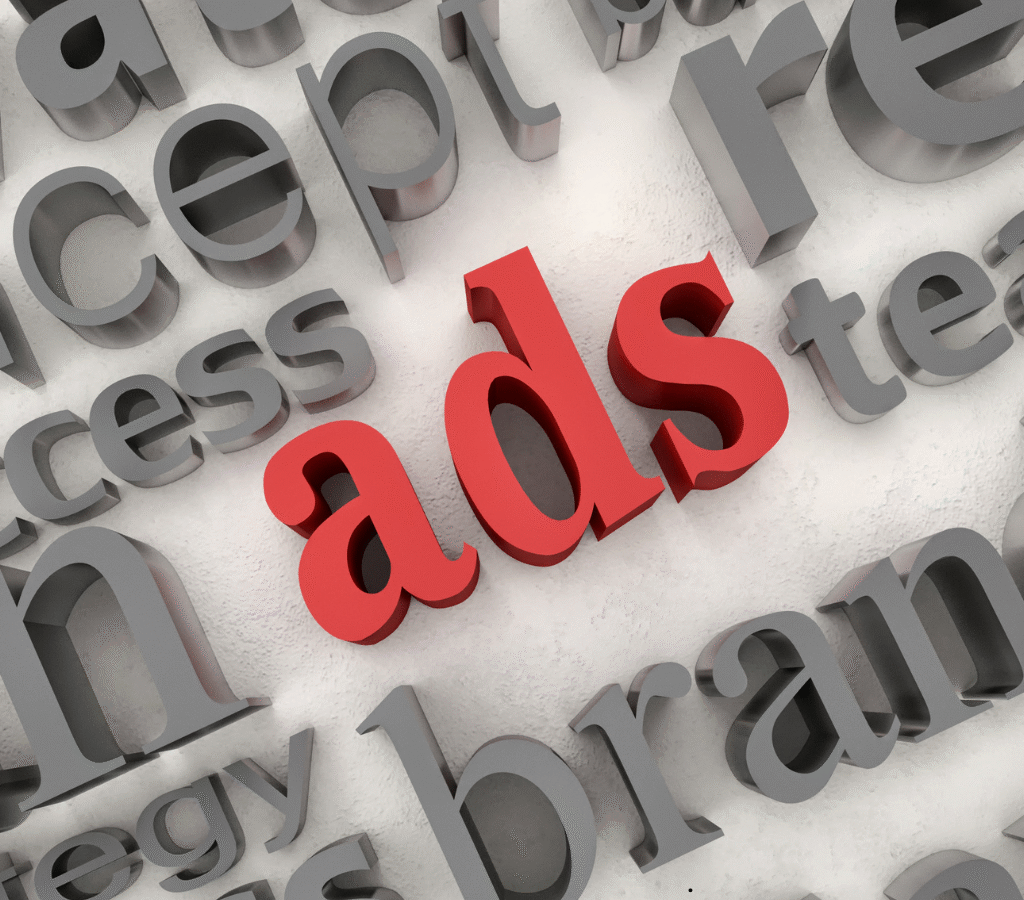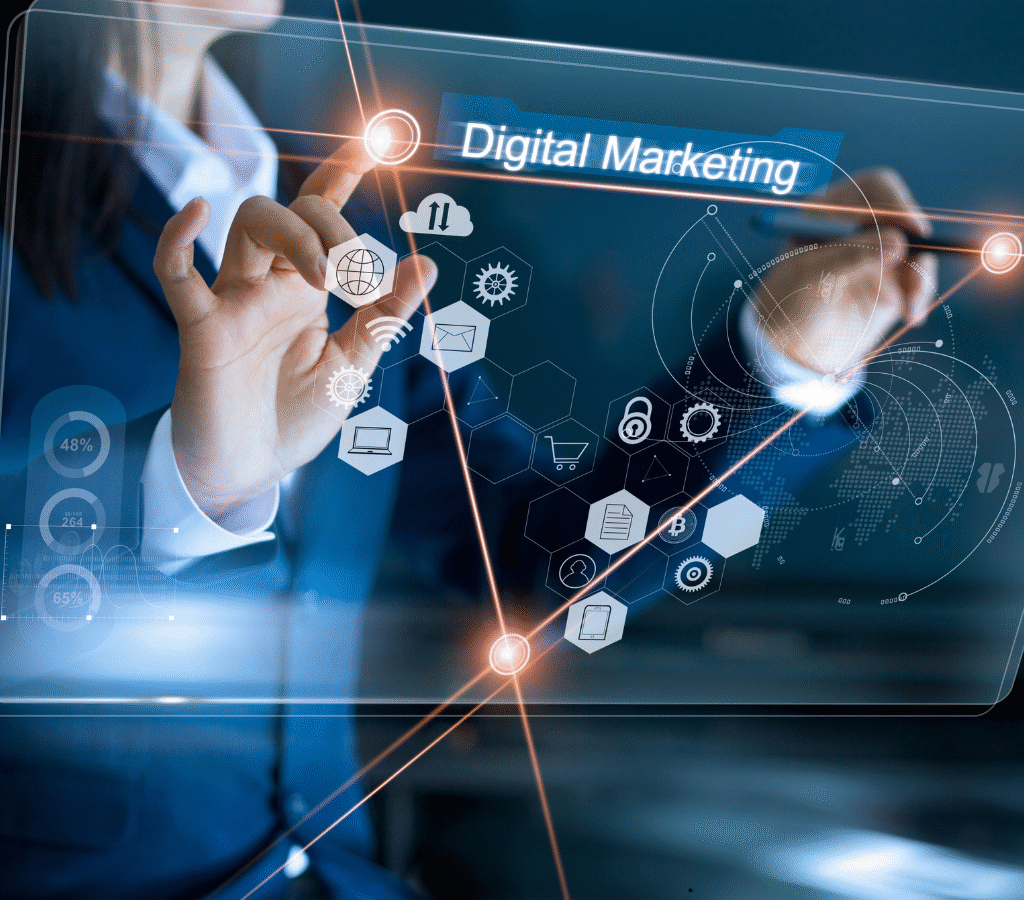In an era where consumers are constantly bombarded with information, what makes a digital ad stand out and actually work? The answer lies not just in clever design or catchy slogans, but in psychology. Successful digital ads leverage principles of human behavior and cognition to capture attention, build trust, and drive action. Understanding the psychological mechanisms behind advertising can help marketers craft campaigns that truly resonate.
In this blog, we’ll explore the core psychological principles that make digital ads successful in 2025 and how businesses can use them to their advantage.

1. Attention Economics: The Power of the First 3 Seconds
The average user scrolls through their feed at lightning speed. You have less than 3 seconds to capture attention. Psychological principles such as the Von Restorff Effect (aka the Isolation Effect) suggest that items that stand out are more likely to be remembered. This means:
- Use bold colors and contrast to grab attention
- Add motion elements (e.g., subtle animations)
- Hook users with emotional or curiosity-driven headlines
Visuals that surprise or intrigue trigger our brain’s attention centers and halt the scroll.
2. Emotion Drives Engagement
Emotionally charged content performs significantly better than neutral content. That’s because emotion activates the amygdala, which enhances memory retention. Ads that evoke:
- Joy (e.g., uplifting stories or humor)
- Fear (e.g., missing out or problem scenarios)
- Anger (e.g., injustice that your brand addresses)
- Surprise (e.g., plot twists or unexpected visuals)
…tend to be more memorable and shareable.
Use emotional storytelling and expressive visuals to drive deeper engagement.
3. Social Proof and the Bandwagon Effect
Humans are social creatures. We tend to follow the crowd, especially when uncertain. This is known as the Bandwagon Effect. Ads that showcase:
- Customer testimonials
- User-generated content
- Social media shares or likes
- Influencer collaborations
…tap into the principle of social validation. Seeing others endorse a brand increases our likelihood of trusting and purchasing from it.

4. The Scarcity and Urgency Bias
When something is scarce or time-limited, our brain perceives it as more valuable. This is rooted in the Scarcity Principle from behavioral economics. Successful digital ads often use:
- Countdown timers (“Only 2 hours left!”)
- Limited stock notifications (“Only 3 left in stock!”)
- Flash sales and limited editions
Urgency drives quick decision-making by triggering the fear of missing out (FOMO).
5. Color Psychology and Visual Hierarchy
Color isn’t just aesthetic; it influences perception. For example:
- Red creates urgency and excitement
- Blue signals trust and security
- Green promotes relaxation and growth
- Yellow grabs attention and evokes optimism
Using these strategically in your ads can guide viewer emotions. Combine this with a clear visual hierarchy:
- Strong CTA button
- Headline first, details second
- Use whitespace to reduce cognitive load
6. The Rule of Reciprocity
People tend to respond positively when they feel they’ve received something of value. This is the Reciprocity Principle. Great ads give before they ask:
- Free eBooks, templates, or tools
- Exclusive discounts for email sign-ups
- Valuable tips or information in carousel ads
Providing value upfront increases the chances of conversion later.
7. Anchoring Effect and Price Framing
We often rely on the first piece of information we see (the “anchor”) to make decisions. Smart digital ads use this bias to frame prices and offers:
- Show the original price slashed next to the discount
- Present a premium and a basic version (make the mid-tier seem most attractive)
- Highlight cost-per-day instead of lump sums (“Just ₹20/day”)
This helps users perceive your offer as more valuable or affordable.
8. Consistency and Repetition
The Mere Exposure Effect suggests we prefer things we’re familiar with. That’s why retargeting ads work so well. Repeating messages across platforms reinforces brand recognition.
- Use consistent brand colors and voice
- Repeat CTAs and key phrases
- Run retargeting campaigns across Facebook, Google, and Instagram
Consistency builds trust and keeps your brand top of mind.
9. Cognitive Fluency and Simplicity
Our brains prefer things that are easy to understand. Ads that are too complex or cluttered lead to decision fatigue. Keep your ad design and message:
- Simple and direct
- Visually clean
- Focused on one clear message or goal
Avoid information overload. One message, one CTA.
10. Personalization and the Need to Feel Seen
Personalized ads perform better because they make the user feel recognized. When users see content tailored to them, it triggers a sense of connection.
- Use dynamic ad targeting (e.g., based on location, age, behavior)
- Insert names or references when possible
- Address user pain points directly
This builds relevance and makes the user more likely to engage.
Final Thoughts
Digital advertising is as much about human psychology as it is about design and targeting. In 2025, brands that understand and apply these psychological principles will see higher engagement, stronger brand loyalty, and better ROI. It’s not just about reaching audiences—it’s about resonating with them.
Want to make your digital ads work harder for your business? At Chasegeek Digital, we blend creative strategy with behavioral science to craft campaigns that convert. Let’s talk.
FAQs
Q1. Why is psychology important in digital advertising?
A: Psychology helps marketers understand how consumers think and feel, allowing them to create more persuasive and effective ads.
Q2. What are the most powerful emotions used in ads?
A: Joy, fear, surprise, and sadness are commonly used to trigger emotional responses and drive engagement.
Q3. How does color affect ad performance?
A: Colors can evoke specific emotions and influence decisions. For instance, red can create urgency while blue builds trust.
Q4. What is the Mere Exposure Effect?
A: It’s a psychological phenomenon where people develop a preference for things they are repeatedly exposed to. This is why consistent branding is key.
Q5. How can small businesses use psychology in ads?
A: By applying simple principles like emotional storytelling, clear CTAs, and urgency tactics, even small businesses can create impactful ads


Leave a Comment